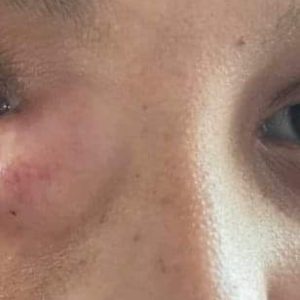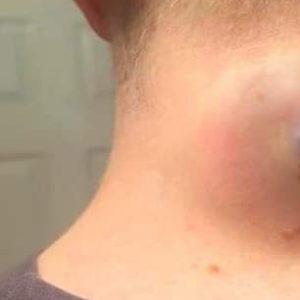Plaque psoriasis is a chronic autoimmune condition characterized by raised, red patches covered with a silvery-white buildup of dead skin cells. It affects millions of people worldwide, causing discomfort and self-consciousness due to its appearance. While there’s no cure for plaque psoriasis, there are effective ways to manage and reduce its symptoms. Surprisingly, not many are aware of these methods. Here’s a look at how to get rid of plaque psoriasis and regain control of your skin health.
Firstly, one of the most crucial steps in managing plaque psoriasis is maintaining proper skincare. This includes regularly moisturizing the affected areas with products specifically designed for psoriasis. Moisturizers help soothe dryness and itching, which are common symptoms of the condition. Look for moisturizers that contain ingredients like ceramides, glycerin, or hyaluronic acid, as these can help repair the skin barrier and reduce inflammation.
Secondly, sunlight exposure can be beneficial for individuals with plaque psoriasis. Natural sunlight is a great source of ultraviolet (UV) rays, which can help slow down the rapid skin cell growth associated with psoriasis. Spending a short amount of time in the sun each day, especially during the early morning or late afternoon when the sun is less intense, can improve symptoms. However, it’s crucial to protect healthy skin with sunscreen and only expose affected areas to sunlight.
Another lesser-known method for managing plaque psoriasis is through the use of coal tar products. Coal tar has been used for decades to treat various skin conditions, including psoriasis. It helps slow down the excessive skin cell growth and reduces inflammation and scaling. Coal tar can be found in shampoos, creams, and ointments specifically formulated for psoriasis. When using coal tar products, it’s essential to follow the instructions carefully and avoid excessive use to prevent skin irritation.
In addition to topical treatments, some individuals find relief from plaque psoriasis by making dietary changes. While more research is needed in this area, some studies suggest that certain foods may trigger or worsen psoriasis symptoms. These include foods high in sugar, processed foods, red meat, and dairy products. On the other hand, incorporating anti-inflammatory foods such as fruits, vegetables, whole grains, and fatty fish rich in omega-3 fatty acids may help reduce inflammation and improve skin health.
Furthermore, stress management plays a crucial role in managing plaque psoriasis. Stress is known to exacerbate psoriasis symptoms, so finding ways to reduce stress levels can be beneficial. Practices such as yoga, meditation, deep breathing exercises, and regular physical activity can all help lower stress and improve overall well-being, which in turn may lead to fewer psoriasis flare-ups.
When over-the-counter and home remedies are not sufficient, dermatologists can prescribe various treatments for plaque psoriasis. These may include topical corticosteroids, vitamin D analogs, retinoids, or biologic medications. These treatments work to slow down the skin cell growth, reduce inflammation, and alleviate symptoms. It’s essential to work closely with a dermatologist to find the most suitable treatment plan for individual needs.
Lastly, maintaining a healthy lifestyle can greatly impact plaque psoriasis symptoms. Avoiding smoking and excessive alcohol consumption can improve overall skin health. Additionally, getting regular exercise and enough sleep can boost the immune system and help manage psoriasis symptoms.
In conclusion, while there’s no cure for plaque psoriasis, there are numerous effective ways to manage and reduce its symptoms. By focusing on proper skincare, sunlight exposure, coal tar products, dietary changes, stress management, medical treatments, and a healthy lifestyle, individuals can take control of their psoriasis and improve their skin health. It’s essential to consult with a dermatologist for personalized advice and treatment options. With the right approach, living with plaque psoriasis can become more manageable, and flare-ups can be minimized.





